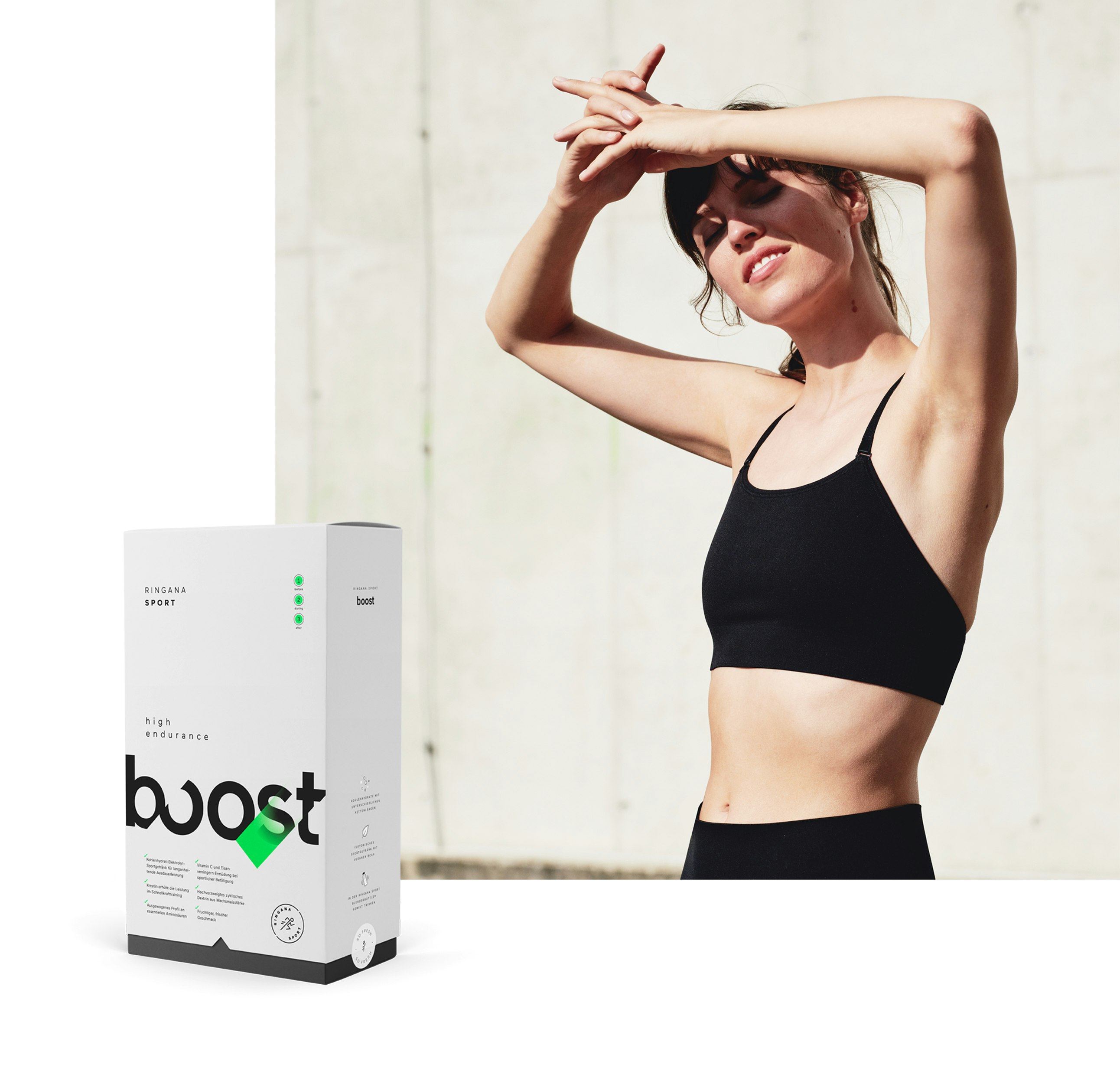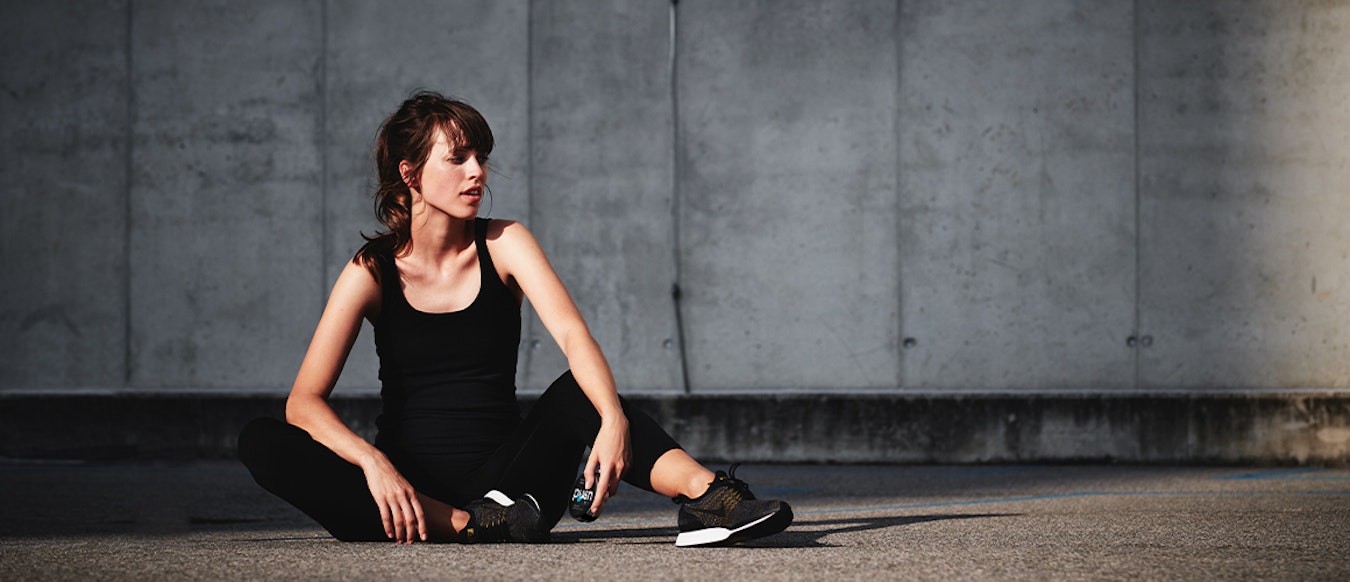We’re all familiar with that rude awakening after a lengthy training session – aching muscles. Climbing stairs is an unspeakable effort, we can feel the strain in our legs when we stand up, and reaching up to get the muesli off the top shelf causes twinges in our arms and upper body. So that you’re not moving around stiffly like a robot for two days after your next workouts, we have a few tips for you to prevent and relieve aching muscles.
What causes aching muscles and
why do we get them?
Our muscles primarily ache after an unusually tough workout. In other words, after we’ve put our body under a lot of pressure and made it perform unaccustomed movements. Our muscles are made up of lots of muscle fibre which can tear slightly if over-exerted. Water can penetrate these tears, leading to swelling and muscular pain. The body subsequently repairs the damage by rebuilding the muscle cell tissue with the help of enzymes.
How to avoid aching muscles
#1 Warm-up
Before starting your workout, prepare your body with a gentle warm-up. Once your circulation is working properly, your muscles are supplied with more oxygen and nutrients. This boosts performance on the one hand, and reduces the risk of injury on the other.
Our tip for peak performance: SPORT boost with fresh and fruity flavour ensures an optimal supply of liquid and lastingly replenishes glycogen stores with carbohydrates of different chain lengths. It also boosts water absorption during physical activity.

#2 Increase the intensity of training gradually
Work your way towards your training goals slowly, and increase the intensity of your working step by step.
#3 Cool-down
After training, give your body a chance to settle down and let your heart get back to its normal rhythm. Winding down slowly or stretching are the ideal way to do that.
How to relieve aching muscles
Heat:
Whether it’s a hot bath, a hot shower with our FRESH body wash or a sauna – heat can work wonders when it comes to aching muscles. Because heat boosts blood circulation in the muscles and this accelerates the regeneration process. Circulation-boosting plant extracts like arnica and rosemary additionally support recovery and have a soothing effect.
Gentle movement:
Gentle movement such as taking a walk or a bit of cycling stimulate both the cardiovascular system and the metabolism. This means that your muscles get a better supply of oxygen. But do remember not to put additional pressure on your damaged muscles.
Protein-rich diet:
Peas, beans and lentils are important sources of protein. Apart from that, they also contain many other nutrients such as vitamins, minerals and secondary plant substances. By eating these foods, you provide your muscles with valuable help to repair themselves.
Try our SPORT protein. It combines a variety of protein from plant sources, ensuring ideal bioavailability for a long-lasting supply of protein. The ideal support for athletic exertion, figure training, muscle building and regeneration.
Doing sport even if you have aching muscles –
is that a good idea?
Aching muscles are a sign that your body is in the process of regeneration. Old, dead cells are being eliminated and new ones formed. If you exercise during this phase, you won’t build any new muscle mass, and regeneration will also take longer. So be patient – because exercising when you have aching muscles is not recommended.


 Zur Übersicht
Zur Übersicht